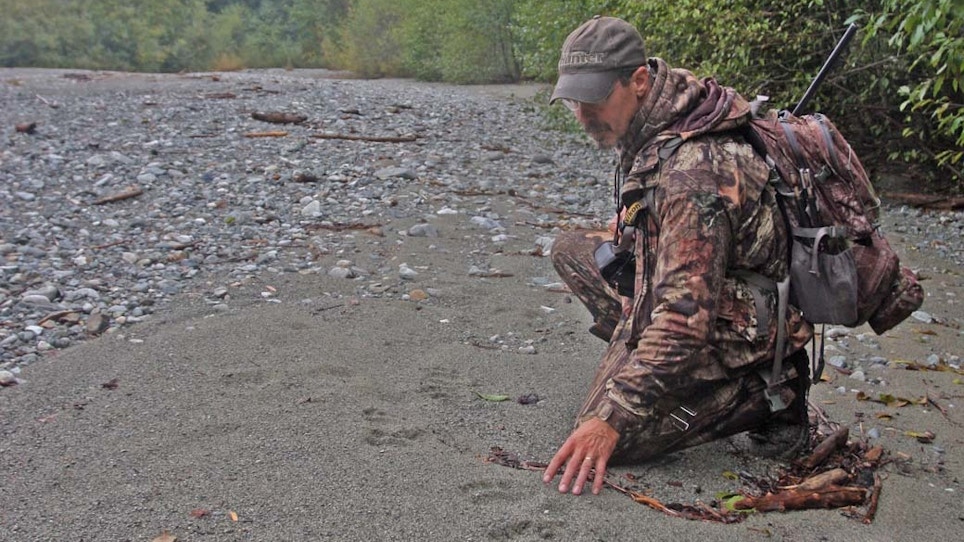By ERIN EDGEMON | Associated Press
Al.com
AUBURN, Ala. (AP) — It's that time of year for black bear sightings in Alabama.
"What happens is a lot of male juveniles hang out with mom for about two years, and then they basically decide to go off on their own," said Todd Steury, associate professor of wildlife ecology at Auburn University. "Either mom kicks them out ..., or they get brave enough to go out on their own or some other male chases them off because mom is ready to start breeding."
That leads to several 2½-year-old males left wandering — sometimes traveling long distances — looking for a new home.
"Because they are young and not too smart and not too afraid of humans, they are traveling often long distances ... and end up going into places they shouldn't be," Steury said. "People aren't used to seeing them there, and they get noticed a lot."
Young bears have been spotted throughout east and central Alabama this year, including in Pelham, Heflin, Oxford, Lanett, Opelika, Alexander City and Tuskegee, according to AL.com reports.
Alabama Wildlife Federation Executive Director Tim Gothard said bears were also seen in Talladega, Clay, Washington, Mobile, Coosa, Wilcox and Cherokee counties.
More than 20 sightings, involving six to eight different bears, were reported on the Alabama Black Bear Alliance website since early June, Gothard said.
Steury has been tracking the state's black bear population's viability and movements as part of a university study since 2011, but he's still not totally sure where the bears are traveling from.
He suspects most of them, though, are migrating from northeast or central Georgia near Macon,
Steury said the black bear captured in Opelika on June 29 was spotted in Valley two days before.
"Every few years, we have (a bear) that goes through Valley, and then he comes through Opelika, then Auburn and then moves on," he said. "We are pretty sure almost all of those are coming from a bear population in central Georgia near Macon.
"That is a really long way away, but that is where they all seem to be coming from," Steury added. "That is the nearest bear population to Auburn really."
Authorities didn't disclose where the bear captured in Opelika was released, but Steury said he hoped the animal was placed in Talladega National Forest where there are few people.
Bears seen roaming through areas like Heflin and Oxford are likely traveling from north Georgia, he said.
"North Georgia has a ton of bears," Steury added. "They shot like 400 bears in north Georgia last year, and they shot 400 a year before that."
Bear hunting is legal in parts of Georgia largely during the fall and winter.
Steury said the estimated 15 bears living in north Alabama's Little River Canyon National Preserve migrated from north Georgia several years ago.
He said he hasn't been able to track any young males from Little River to see where they might be migrating. Some of the recent sightings could be some of those bears.
While there's no clear scientific data yet on where migrating bears are coming from, Steury said his team looks at the most likely routes for bears.
"Imagine we have a bear that makes it down to Heflin, it could come from Little River or it could come from north Georgia," he said. "The question is which is most likely. For a bear to come from Little River, it has to cross a big chunk of flat land that isn't very good habitat for bears _ that whole area around Weiss Lake, Gulf farmland. It's not that great for bears to be in.
"Bears will usually move and follow certain habitats, which is why when bears come in from central Georgia to Auburn and Opelika, they always seem to follow the same route," Steury continued.
A bear from north Georgia would just need to move down the Appalachian Mountains into Talladega National Forest, he said.
"In some sense, even though, it is a further distance it is almost more likely," Steury said, because bears would be traveling through their natural habitat of forests with mature mixed pine stands.
Jackson County, in the northeast corner of Alabama, is "fantastic bear habitat," he pointed out, but no bears live there because no bears are living just north of there in Tennessee yet.
Bears living in Little River would have to travel through a valley where Fort Payne is, an interstate and farmland to get to Jackson County, which isn't likely, he said.
"Bears that are going to move out of Little River are going to tend to move north and south along those mountains, rather than cross that valley and head due north into Jackson County or due south through White's Lake and towards Talladega National Forest," Steury said.
Once these bears have finished traveling, where do they end up?
Researchers don't really know yet. Many bears, however, are tracked through their reported movements, Steury said.
"The one in 2008 it came through Valley, went down south through Beauregard, up north of Auburn, and that one veered south and turned back towards Tuskegee National Forest and got hit on the highway," he said.
Another bear sighted two years ago followed the same path, Steury said. His team followed it to Chambers County where they lost sight of it. The bear could have been killed or continued on to Talladega National Forest, he said.
Steury advises anyone who spots a bear to report it to local police, their local game warden or on the Alabama Black Bear Alliance website.






